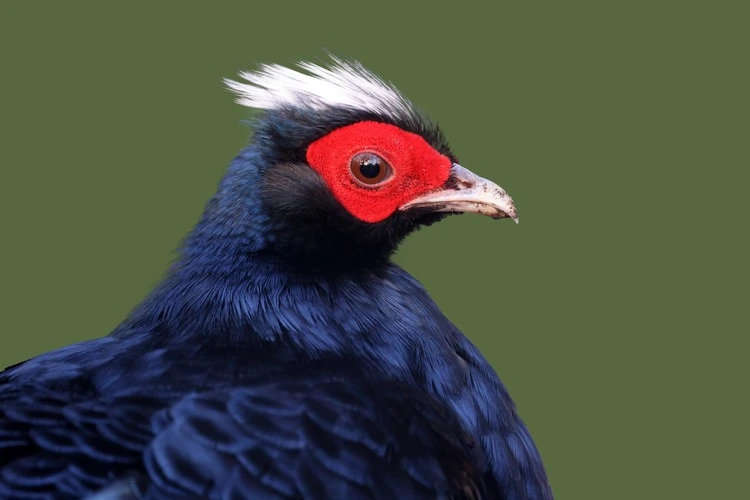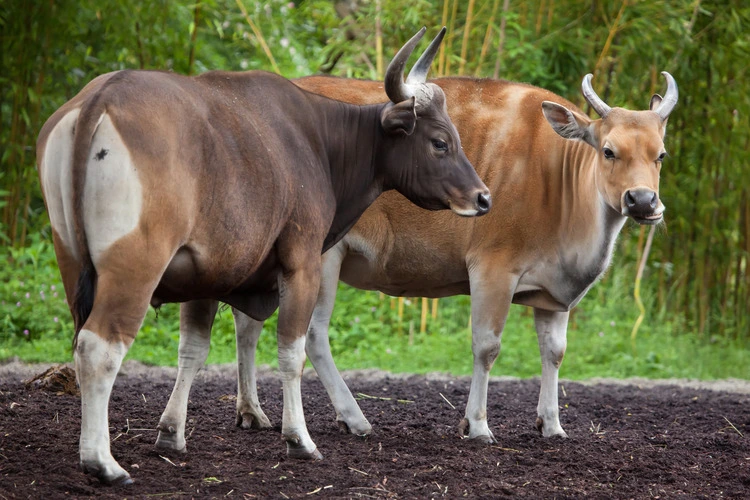
Discover some of the animal species moving closer to extinction in the latest IUCN’s Red List – and why their populations are declining
By
The IUCN Red List, updated earlier today, details a comprehensive list of all animals, plants and fungi along with their risk of extinction. Species are placed within nine categories, ranging from not evaluated to extinct – but for scientists, once species reach the category of ‘near threatened’ and above, it is clear that their viability for future generations to come is in jeopardy.
The species below have reached the penultimate stage of the IUCN categories in this 2024 Red List update – Critically Endangered. If they decline further in the next update, there is only one more category to reach: extinction.
1. Manus Island spiny rat (Rattus detentus)
One of the species that has dropped categories this year is the Manus Island spiny rat (Rattus detentus), found in the Bismarck Archipelago of Papua New Guinea. Now marked as Critically Endangered (Possibly Extinct in the Wild), its last reported sighting was in 2016. Recent searches have not yielded any sightings of the rodents, who are threatened by cats, invasive rats and habitat degradation.
The species may also have been threatened by hunting, with local villagers snaring one specimen to target bandicoots.
Enjoying this article? Check out our related reads…
2. Nyanga rinkhals (Hemachatus nyangensis)
Historically found in stunted Miombo woodland and high-elevation grassland, the Nyanga Rinkhals has changed status to Critically Endangered (Possibly Extinct in the Wild) in this year’s IUCN Red List, after updates to habitat analysis of the species.
No recordings of the snake have been made since 1988, so if there is still a population in the wild, researchers believe it may consist of fewer than 50 mature individuals.
Although the species has only ever been recorded from the Eastern Highlands of Zimbabwe, it may also occur in similar conditions found in the Eastern Highlands in Mozambique.
The land in the Nyanga district has been transformed for agricultural reasons, as well as invasion by alien invasive plants. Small-scale mining and logging may also pose a future threat to the species’ survival if still present in the wild. Several specimens were killed on roads or around human habitation, highlighting anthropogenic threats too.
3. Vietnam pheasant (Lophura edwardsi)
An updated 2024 assessment has shown that the Vietnam pheasant (Lophura edwardsi) – also known as Edward’s pheasant – dropping into the Critically Endangered, (Possibly Extinct in the Wild) category. As its name suggests, the bird is endemic to Vietnam’s Annamese lowland forests, but has not been spotted in the wild since 2000.
The species has faced deforestation, hunting, and the effects of herbicides in the Vietnam War, declining its population. Despite the plummeting number of mature individuals in the wild, conservation efforts and ex-situ breeding programmes are being made to revitalise the species.
4. Banteng (Bos javanicus)

Ongoing habitat loss and increased poaching have led the banteng (Bos javanicus) to drop from Endangered (EN) to the Critically Endangered (CR) category this year. Poaching of banteng is driven by a demand for their meat, and commonly involves using methods of hunting such as firearms, snares and domestic dogs to catch the animals.
Currently, wild banteng are found in forests within Java, Myanmar, Thailand, Indonesian Borneo, Vietnam, Lao and Cambodia.
In Cambodia – where 16 per cent of the country’s total forest cover has been allocated to economic land concessions – the species continue to face the effects of large-scale agro-industry expansion. Eight mining licenses are currently active inside the two protected areas in Cambodia with the highest concentration of banteng.
5. Speckled ground squirrel (Spermophilus suslicus)
The Speckled Ground Squirrel has dropped from Near Threatened (NT) to Critically Endangered (CR) due to a drop in habitat suitability. In the past 30 years, the global population of the species has plummeted by 99 per cent.
Found in south-eastern Poland, small areas in Belarus, Ukraine, Moldova, and Russia eastwards to the river Volga, the Speckled Ground Squirrel has been threatened by habitat loss and fragmentation due to industrial developments, urbanisation and the expanding use of land for agricultural purposes. Climate change within the last decade has also led to the decline of the species, thanks to increased floods and droughts.
6) Eskimo curlew (Numenius borealis)
Last spotted in 1963, the Eskimo curlew (Numenius borealis) has dropped to Critically Endangered (Possibly Extinct) status in the 2024 IUCN Red List. Endemic to countries including Argentina, Barbados, Brazil, Canada, United States and Mexico, the population of mature birds in the wild is believed to be fewer than 50.
Although the species was hunted briefly in the United States, the main cause of its decline is due to the loss of prairies to agriculture, as well as suppressing prairie wildfires. The extinction of M. spretus – a locust which Eskimo Curlew would feed on – also has contributed to its drop in numbers.




